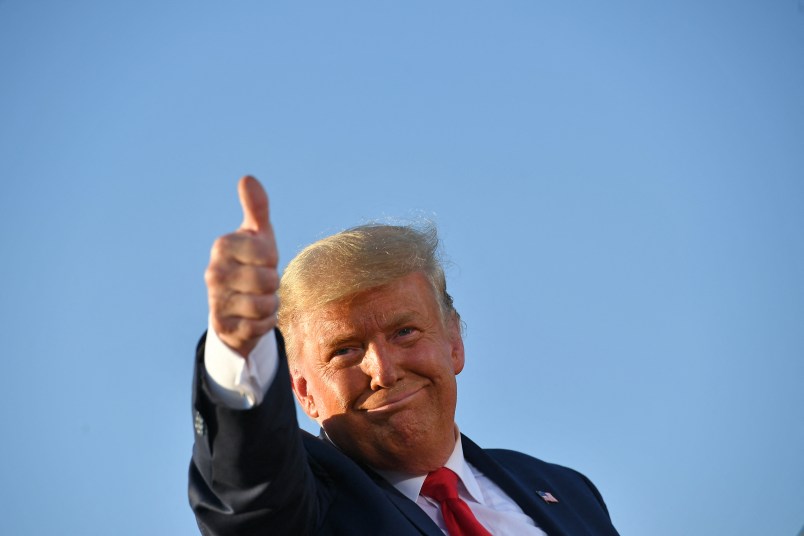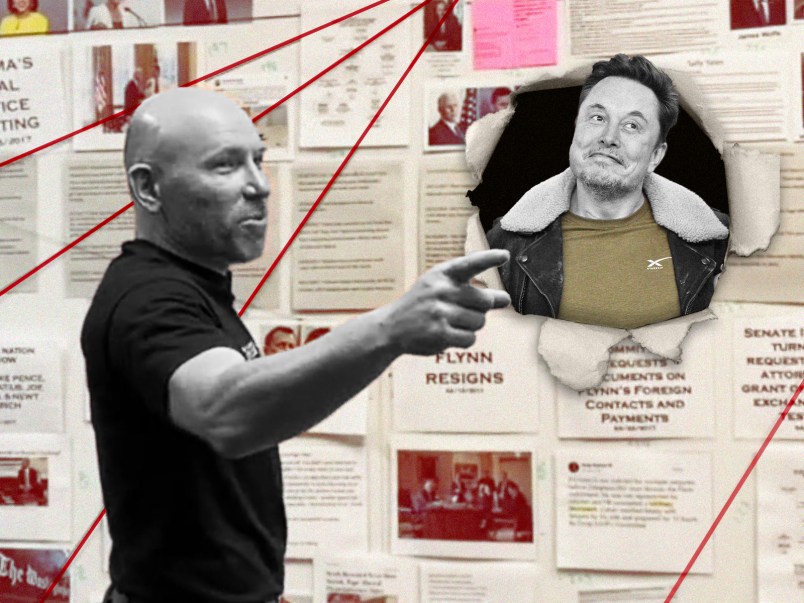Judge Sotomayor, let me join my colleagues in extending a warm welcome to you and your family today. You have had a distinguished career as a lawyer and a judge. I enjoyed sitting down with you soon after you were nominated. And I am pleased to be able to welcome you to the Senate – and to give you an opportunity to introduce yourself to the American people.
In the history of the United States, there have been only 110 people who served on the Supreme Court. We should all stop and think about that. In more than 200 years, we have had only 110 Justices.
That means each and every Supreme Court nomination is a historic moment for our Nation. Each Supreme Court nomination is a time for a national conversation about the Supreme Court and its role. We have to ask ourselves: What is the proper direction of the Supreme Court?
To answer that, we need to recall our history. The Framers created a written Constitution to make sure our constitutional rights were fixed and certain. The state conventions who represented “We the People” looked at that written Constitution and decided to adopt it. The idea was that our rights would be written down for all to see.
This framework gave judges a role that is both unique in our form of government, and important. The role of judges was intended to be modest – that is, self-restrained and limited. Judges were not free to invent new rights as they saw fit. They were supposed to enforce what the Constitution’s text says to enforce – and to leave the rest to the elected branches and to “We the People.”
Over time, however, the Supreme Court has often veered off the course established by the Framers. First, the Supreme Court has invented new rights not clearly rooted in any constitutional text. For example, the Supreme Court has micromanaged the death penalty, creating new rights spun from whole cloth. It has announced constitutional rules governing everything from punitive damages to sexual activity. It has relied on international law that the People never adopted.
The Supreme Court has even taken on the job of defining the rules for the game of golf. (If you’re curious, the case is PGA Tour v. Martin from 2001). Some people call this “judicial activism.” Whatever you call it, it’s pretty far from enforcing the written Constitution that the Framers proposed and the people enacted.
As the Supreme Court has invented new constitutional rights – it has often neglected the old ones. This flip side is troubling, too. Many of the original important safeguards on government power have been watered down or even ignored.
Express constitutional limitations like the Takings Clause of the Fifth Amendment, the Commerce Clause limitations in Article I, and the Second Amendment’s right to keep and bear arms have been artificially limited, almost like they were written out of the Constitution. Judges just haven’t enforced them like the people expected them to.
So the Supreme Court has veered off course in multiple directions. The important question today is, where should the Supreme Court go from here? I think there are two choices.
First, the Supreme Court could try to get us back on course. That is, the Court could renew its respect for our original plan of government – and return us slowly but surely to the written Constitution. The Supreme Court’s recent Second Amendment decision in DC v. Heller is a good example of this.
Second, the Court could veer off course once again – and follow its own star. It could continue to depart from the written Constitution. It could further erode the established rights we have in the text of the Constitution. And it could invent even more brand new rights not rooted in the text and not agreed to by the American people.
Judge Sotomayor, the purpose of this hearing is to determine which path you would take if confirmed to the Supreme Court. Would you vote to return to the written Constitution and the laws written by the elected representatives of the people? Or would you take us even further away from the written Constitution and laws legitimated by the consent of the governed?
To help the American people understand which of these paths you would take, we need to know more about your record. We need to know more about the legal reasoning behind some of your opinions on the Second Circuit. And we need to know more about some of your public statements related to your judicial philosophy.
In looking at your opinions on the Second Circuit, we recognize that lower court judges are supposed to be bound by Supreme Court and circuit precedent. To borrow a football analogy, a lower court judge is like the quarterback who executes the plays – not the coach who calls the plays.
That means many of your cases don’t tell us much about your judicial philosophy. But a few of your opinions do raise questions – because they suggest the kinds of plays you’d call if you were promoted to the coaching staff. These opinions raise the question: would your steer the Court in the wrong direction – by limiting the rights that generations of Americans have regarded as fundamental?
So Americans need to know whether you would limit the scope of the Second Amendment – and whether we can count on you to uphold one of the fundamental liberties enshrined in our Bill of Rights.
We need to know whether you would limit the scope of the Fifth Amendment – and whether you would expand the definition of “public use” by which government can take private property from one person and give it to another person.
And we need to know whether you would uphold the plain language of the Equal Protection Clause of the 14th Amendment promising that “No State shall ? deny to any person within its jurisdiction the equal protection of the laws.”
Judge Sotomayor: some of your opinions suggest that you would limit some of our basic constitutional rights – and some of your public statements suggest that you would invent rights that do not exist in our written Constitution.
For example, in a 2001 speech, you argued that there is no objectivity in law, but only what you called “a series of perspectives” rooted in the life experience of each judge. In a 2006 speech, you said that judges can and even must change the law – even introducing what you called “radical change” – to meet the needs of an “evolving” society. And in a 2009 speech, you endorsed the use of foreign law in interpreting the Constitution on the grounds that it gives judges “good ideas” that “get their creative juices flowing.”
Judge Sotomayor: we thank you for your candor in these speeches. Not every judicial nominee is so open about their judicial philosophy. Yet many Americans wonder what these various statements mean – and what you’re trying to get at with these remarks. And many more wonder whether you are the kind of judge who will uphold the written Constitution – or the kind of judge who will veer us even further off course -and towards new rights invented by judges rather than ratified by the people.
Judge Sotomayor: These are some my concerns. I assure you that you will have every opportunity to address these concerns – and make clear which path you would take if you are confirmed to the Supreme Court. I welcome you to these hearings and I look forward to your testimony.








